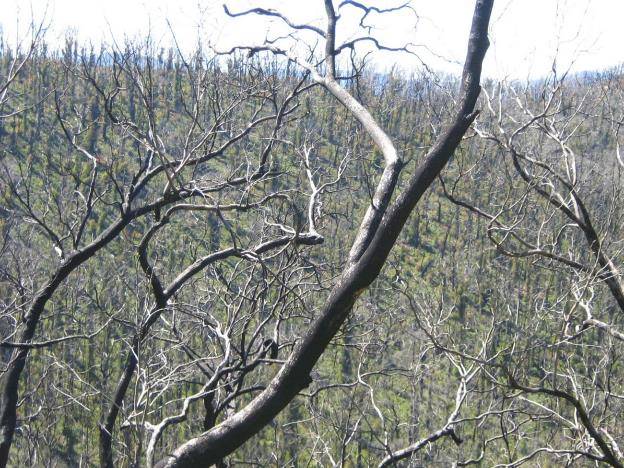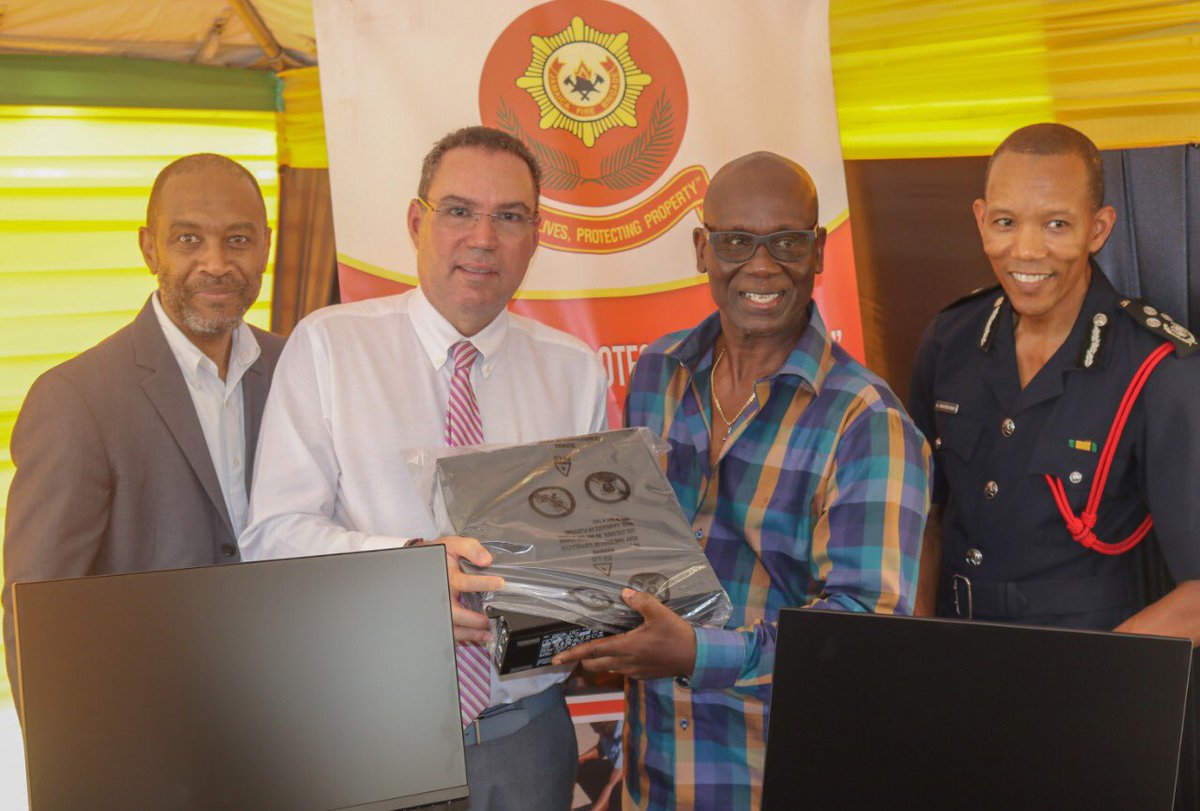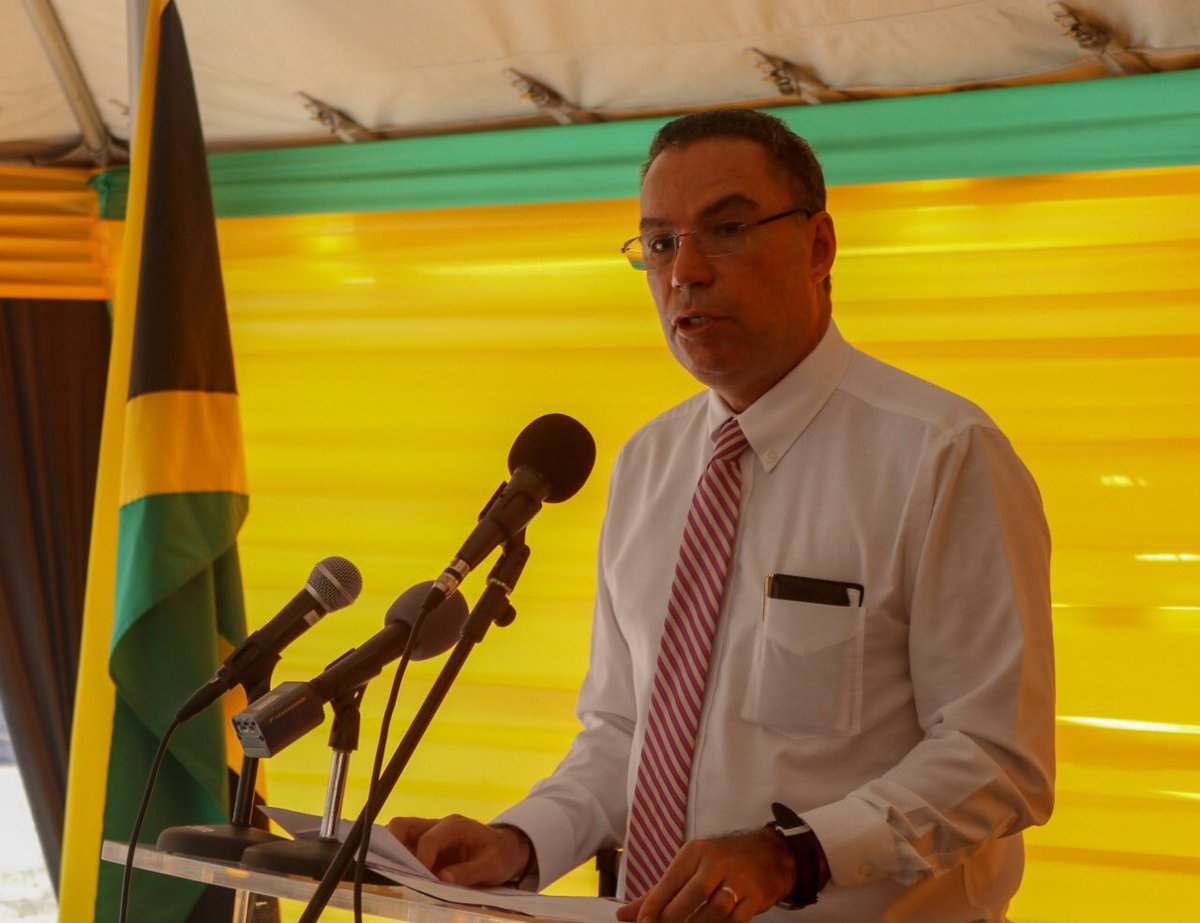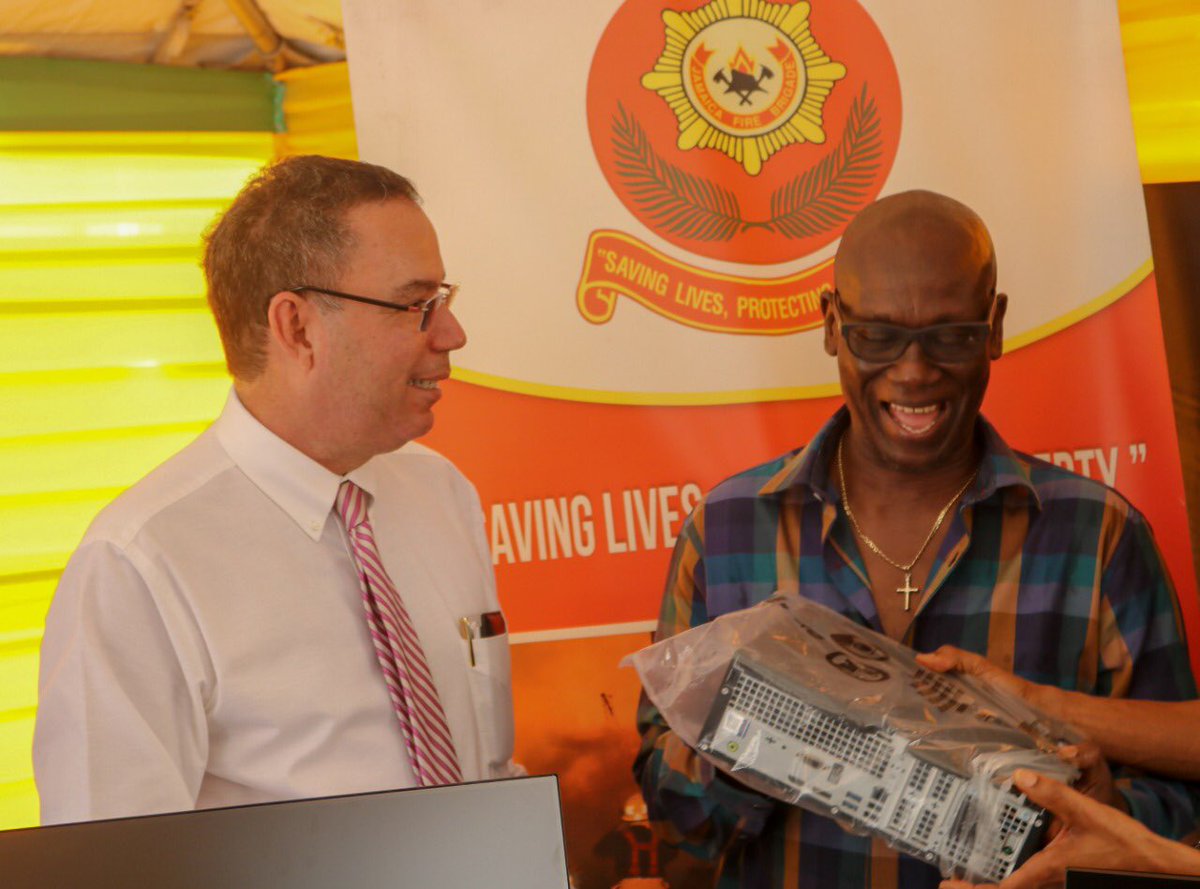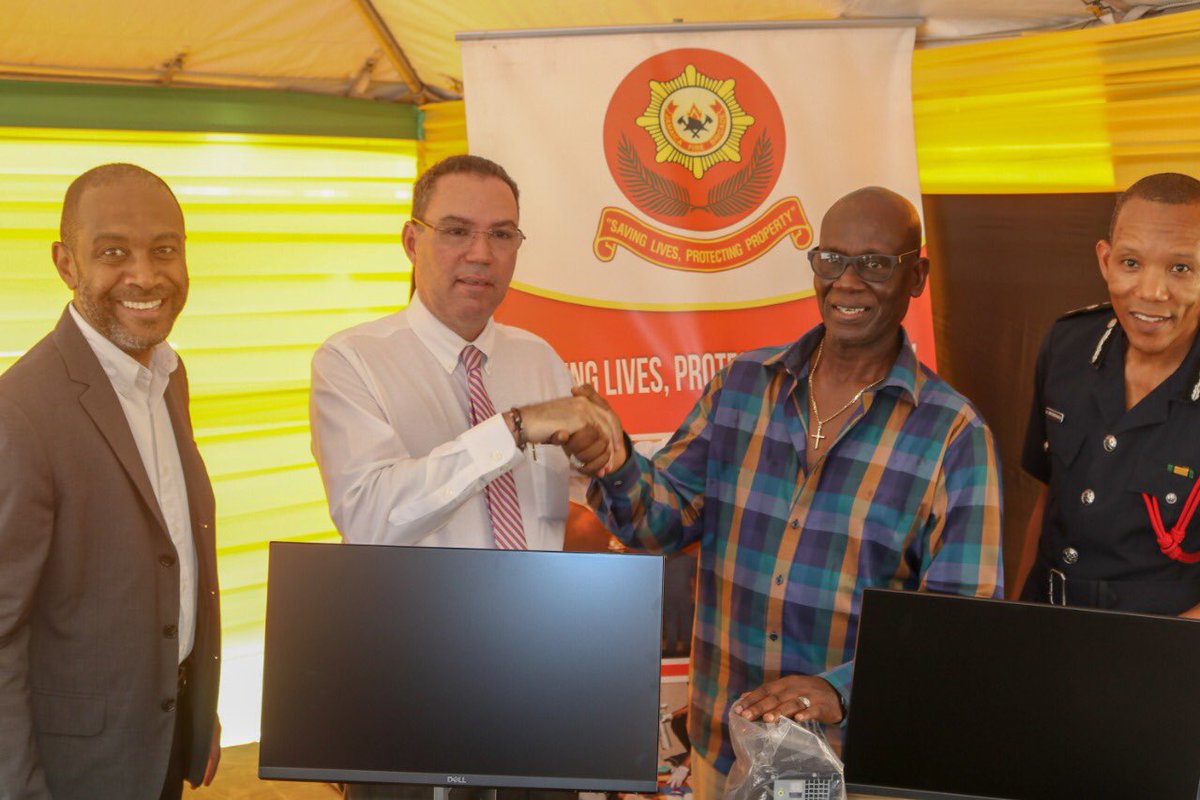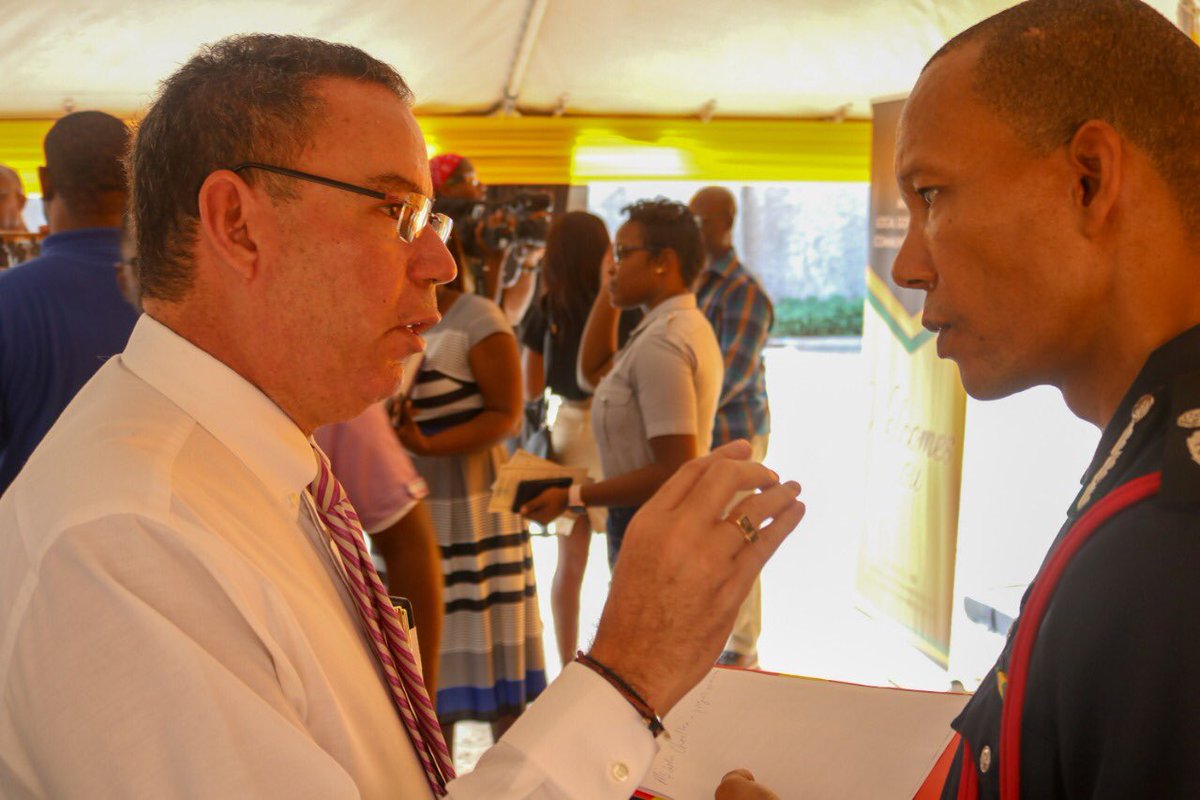“People call this place a little Noah’s Ark. The island is a refuge. This is the largest fire we have seen in a long time,” she said.
Mitchell said some islanders had considered the koalas a pest as their numbers had grown as high as 50,000. He said “probably more than half” of the island’s koalas would have
Prof Corey Bradshaw, an ecologist at Flinders University, has been speaking to scientific colleagues on the ground and said they had grave concerns for the dunnarts and the cockatoos.
“It is extreme events – whether it’s drought, flood, cyclones or fires – that drives things to extinction.”
“All that’s left of the bees are on Kangaroo Island and a few in the ranges near Sydney.”


